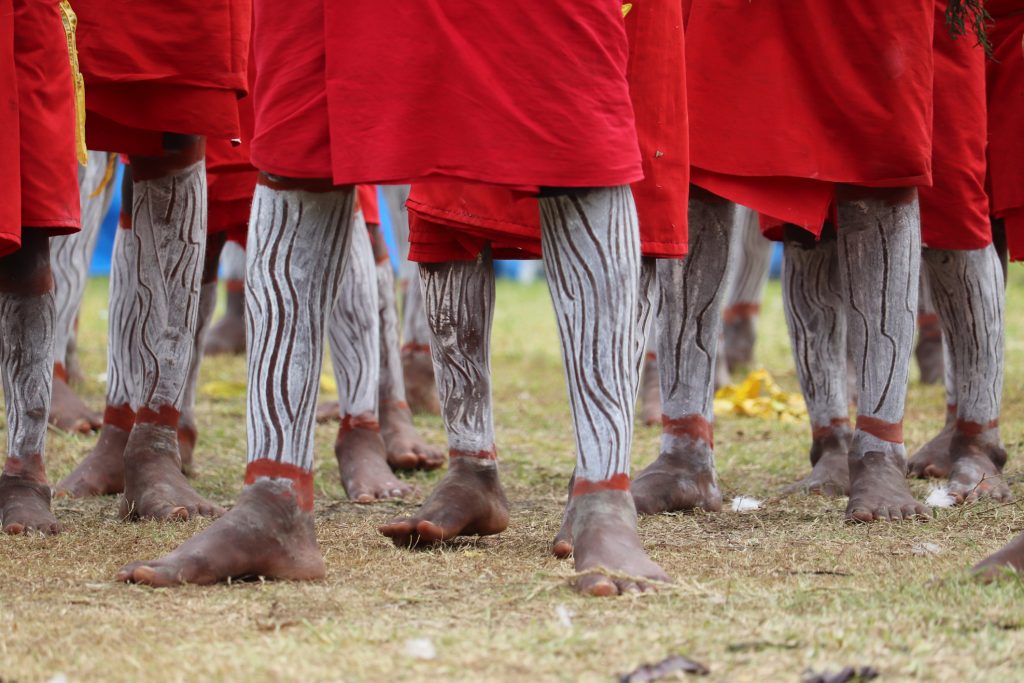
Papua New Guinea—frequently heralded as the most linguistically diverse place in the entire world—is in the middle of a language crisis. According to a new report in the Proceedings of the National Academy of Sciences of the United States of America, the youngest generations in the nation are using Indigenous languages far less than ever before, instead opting for English and Tok Pisin, an English-based creole language. The country, located in northern Oceania, is home to nearly 1,000 different languages, many of which are not well documented and spoken by relatively small populations.
“Globalization puts small languages at a disadvantage, but our understanding of the drivers and rate of language loss remains incomplete,” the paper reads. “Papua New Guinea is home to more than 10% of the world’s languages and rich and varied biocultural knowledge, but the future of this diversity remains unclear.”
Not only is Papua New Guinea home to around 850 Indigenous languages, but those languages also descend from a diverse group of 33 different language families. The country officially recognizes four languages—English, Tok Pisin, Hiri Motu and Papua New Guinea Sign Language. Tok Pisin serves as the lingua franca of the country, while students are typically instructed in English. Because of the predominance of the two languages, the researchers note that about a third of the Indigenous languages spoken in Papua New Guinea are endangered.
According to the researchers, their study is one of the first national linguistic surveys conducted that analyzes the status of the smaller Indigenous languages spoken in the country. Secondary school students were surveyed for the study, to assess how frequently members of younger generations use their heritage languages and how well they know them (if at all).
The researchers collected data from a little over 6,000 students across the country, covering speakers of 392 languages. Once each participant completed a survey, the researchers then devised a model to predict future trends for each language based on their historical status among older generations and their usage among younger residents. 58% of the students sampled spoke an Indigenous language fluently, compared to 91% of their parents’ generation; the researchers then developed the model, which predicted that only 26% of the next generation will speak these languages fluently, indicating a significant decline in these languages’ use that would likely lead to the loss of significant cultural information.
“The traditional multilingualism in Indigenous languages in the present oldest generation has given way to bilingualism with the English-based creole Tok Pisin in an intermediate generation and monolingualism in Tok Pisin, with perhaps English from schooling, in a third generation.”
Andrew Warner







